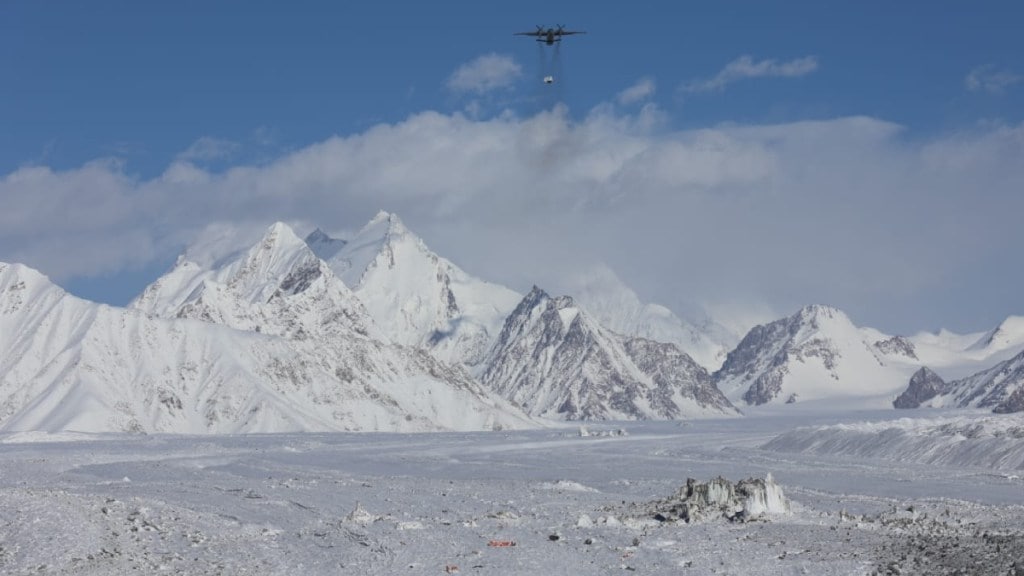The Indian Army commemorates the 40th year of its presence on the strategically vital Siachen Glacier on April 13, 2024, marking a moment of reflection and national pride. Codenamed Operation MEGHDOOT, this enduring tenure symbolizes not only valour and perseverance but also a remarkable saga of technological progress and logistical advancements that have reshaped the glacier into a bastion of resilience and innovation.
Over the past four decades, concerted efforts have been made to enhance infrastructure and living conditions in Siachen, with significant strides taken particularly in the last five years. Recent initiatives underscore the Army’s commitment to improving the operational capabilities and well-being of personnel while prioritizing sustainability and environmental conservation.
Among the key initiatives, mobile and data connectivity have witnessed substantial enhancements. The introduction of VSAT technology has revolutionized communication, enabling troops to stay connected with their families and access real-time information, including telemedicine services, thereby bolstering their morale and welfare.
Furthermore, mobility across the glacier has seen remarkable improvements. An extensive network of tracks and the deployment of All-Terrain Vehicles (ATVs) have greatly enhanced troop movement. Innovations such as DRDO-developed ATV bridges and high-quality Dyneema ropes in aerial cableways have facilitated seamless supply lines to even the most remote outposts, overcoming natural obstacles with efficiency.
The induction of heavy-lift helicopters and logistic drones has revolutionized the supply chain, ensuring the timely delivery of essentials to personnel, especially during harsh winters. Specialized clothing, mountaineering equipment, and advanced rations have augmented soldiers’ ability to endure the extreme conditions of the world’s coldest battlefield, complemented by gadgets like Pocket Weather Trackers for timely weather updates and avalanche warnings.
Recent connectivity initiatives have enabled forward posts to access fresh rations and vegetables, a testament to the Army’s commitment to improving living standards. State-of-the-art medical infrastructure, including telemedicine nodes established by ISRO, ensures critical medical support not only for troops but also for the local populace and tourists in the Nubra Valley, underscoring the Army’s dedication to saving lives in challenging terrains.
Moreover, the Indian Army’s focus on sustainability is evident through green energy initiatives, including solar power plants and waste management programs. Efforts to backload waste from glaciers for recycling, facilitated by partnerships with private firms, demonstrate a commitment to environmental conservation. Joint waste management setups with civil administration further reinforce the Army’s dedication to a cleaner, greener Siachen.
According to sources in the defence and security establishment, “The ongoing infrastructure development initiatives reflect the Indian Army’s commitment to operational excellence and soldier welfare, while adhering to environmental norms. The journey from isolation to infrastructure development exemplifies the resilience and determination that define the Indian Army’s presence in Siachen.”

